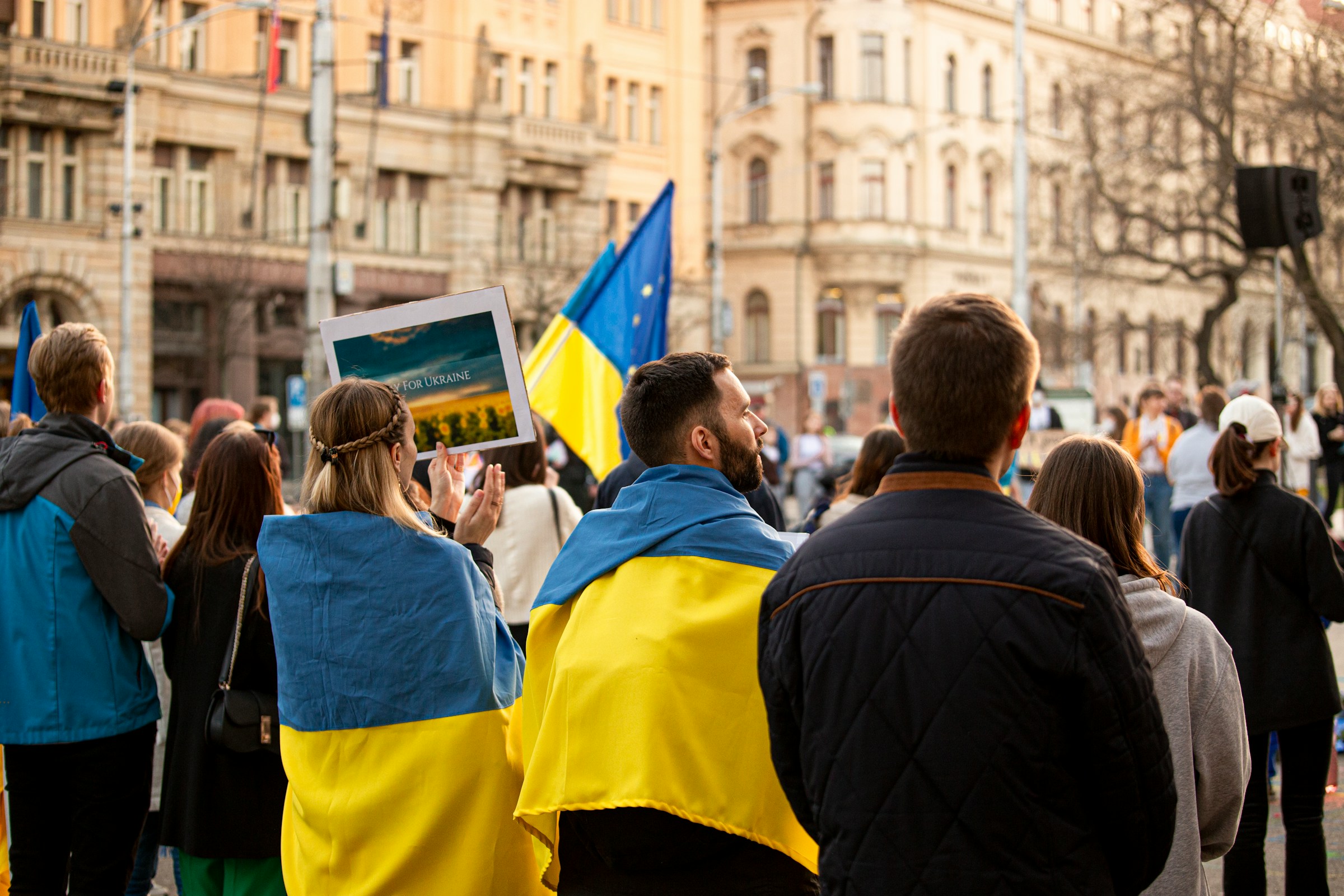The week began with an assertion of speed. Following back-to-back meetings with Volodymyr Zelenskyy and European partners, the White House set a two-week window to show progress toward talks between Kyiv and Moscow. The timeline created urgency and a headline. It did not create leverage. Within four days, momentum had evaporated, and Washington’s posture shifted from imminent breakthrough to open frustration. The speed of the reversal speaks to structural constraints that no choreography can bypass.
Stated policy and observed behavior diverged almost immediately. The president spoke of arranging a Zelenskyy–Putin meeting and hinted at rapid progress, yet the Kremlin rejected core constructs under consideration, including discussion of a peacekeeping presence or any framework that limited Moscow’s veto over the postwar order. That response was predictable, because it preserved Russia’s coercive options while avoiding near-term costs. The U.S. offered no new coercive tools in parallel, which left signaling to do work that only pressure can perform.
Tone then shifted in a way that further undercut the premise of quick de-escalation. By Thursday, the president publicly argued that Ukraine could not prevail without attacking targets inside Russia. That remark moved markets’ interpretation away from ceasefire probability and back toward attrition risk, since it implied a long war with episodic escalation. For policymakers and allocators, tone is not a cosmetic variable. It sets expectations around munitions demand, energy volatility, and the durability of sanctions architecture.
Historical behavior provides the context. Russia has seen time as an asset, not a liability, and has tended to raise the military cost for Kyiv when diplomacy threatens to narrow its options. The same week that optimism surfaced in Washington, European and NATO officials debated security guarantees that could backstop any eventual settlement. Moscow dismissed formats that excluded it from design and enforcement, which again signaled that process without pressure would not shift fundamentals.
Observed action on the Ukrainian side also points away from near-term compromise. Kyiv showcased long-range strike capabilities and continued to absorb high-intensity attacks. The message was clear. Ukraine intends to retain bargaining power through capability rather than rely on external timelines. For capital, that mix has a familiar implication. Defense supply chains remain bid. Energy hedging remains rational. Sovereign funding channels in Europe stay active, because fiscal support for both defense and relief is not yet at a point of political exhaustion.
Cross-border interpretation matters here. European governments are moving on a separate track that emphasizes multi-year guarantees, industrial production ramps, and a coalition model for any post-conflict stabilization force. That is not a four-day project. It is an institutional build that requires budget votes, legal authorities, and procurement contracts. Markets price that path as a medium-term fiscal and industrial story, not a binary peace headline. Consequently, you should expect continued issuance from European sovereigns and agencies, resilient order books for tier-one defense primes, and a measured bid for energy flexibility, from gas storage to Gulf supply assurances.
What does this mean for capital posture in Asia and the Gulf. First, safe-haven dynamics remain episodic rather than structural. There was no lasting FX move tied to a plausible ceasefire. Without a credible enforcement framework, allocators treat peace headlines as noise and reversion to status quo risk as the base case. Second, energy’s geopolitical premium persists. The absence of concrete steps that constrain Russian attack tempo or logistics implies continued headline risk across crude and products, with Europe’s winter hedging programs again relevant for cross-market flows into LNG and refined products. Third, sovereign wealth behavior looks cautious rather than contrarian. With policy clarity absent, the opportunity is in production capacity, maintenance capex, and logistics bottleneck relief, not in event-driven bets on a ceasefire.
There is also a regulatory angle. If Washington wants to shift incentives, it will need tools that change the Kremlin’s payoff matrix. That could include tighter secondary sanctions enforcement, export-control expansion, or calibrated guarantees that make a frozen conflict more expensive for Moscow than a negotiated pause. None of that appeared alongside the initial burst of summitry. In its place, we have European exploration of security guarantees and U.S. support for allied arms sales, which are incremental steps rather than decisive levers.
For Singapore and the broader ASEAN investor base, the practical takeaway is defensive. European risk remains a volatility source rather than a trend break. EM credit sensitive to energy import costs remains exposed to winter gas path dependency. Gulf supply policy will continue to telegraph discipline, since conflict persistence keeps the call on OPEC+ spare capacity valuable. The equity expression is straightforward. Defense, energy services, and repair-over-replace industrials keep their fundamental bid as long as timelines slip and the enforcement gap remains.
The Trump Ukraine peace push did not fail because of poor choreography. It stalled because no party with guns on the ground saw advantage in rapid concessions, and because the initiative did not introduce new costs for saying no. Until that changes, allocators should treat diplomatic sprints as headline risk rather than regime change. The signaling looks improvisational. The system remains stubborn.
The week’s diplomacy reads more optical than structural. Leverage has not been created. Europe will keep building guarantees. Energy and defense flows remain sticky. Markets will digest the noise. Sovereign allocators already have.




.jpg&w=3840&q=75)
.jpg&w=3840&q=75)
.jpg&w=3840&q=75)
.jpg&w=3840&q=75)







.jpg&w=3840&q=75)